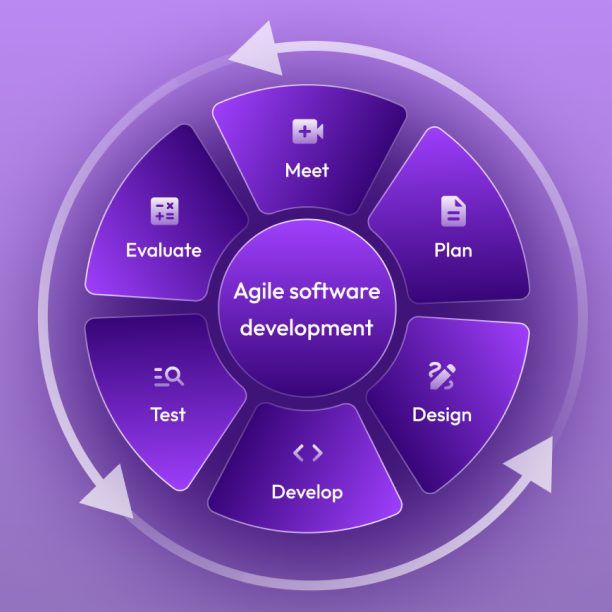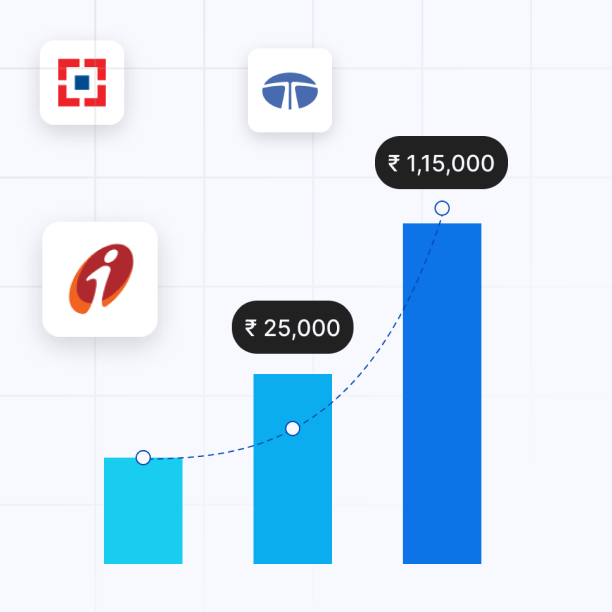Mutual funds have become increasingly popular, and investors are always looking for more accessible ways to invest their money. It has become increasingly popular among people looking for long-term wealth-creation opportunities. With the advent of technology, mutual fund investments have become more accessible.
A mutual fund app is a web or mobile application that allows investors to manage their mutual fund investments and monitor their portfolios. It is an investment vehicle that pools money from multiple investors to invest in mutual funds provided by AMCs through SIP, Lumpsum, Switch, STP, and SWP methods. The mutual fund app makes it easy for investors to buy and sell mutual fund shares, view performance reports, track their investments, and receive updates on market news.
Mutual fund apps have emerged as a convenient tool for investors to manage their investments on the go. It provides investors with a convenient and hassle-free way to invest in mutual funds. They offer a range of features, such as easy tracking of investments, seamless transactions, personalized investment advice, risk assessment tools, portfolio analysis, and goal-setting options. Some apps may also offer features such as automatic investment options, tax planning tools, and access to financial advisors. But have you ever wondered about the cost of developing such an app?
Let us delve into the factors that influence the cost of developing a mutual fund app, giving you a comprehensive understanding of what goes into creating a seamless, secure, and user-friendly mutual fund investment platform.
The cost of building a mutual fund app largely depends on the features you want to include. A basic mutual fund app should have the following features:
Additional features such as personalized investment portfolios, financial news, investment recommendations, analysis, and tax reporting will increase the cost of building the app.
The complexity of the mutual fund app is another factor that will impact the cost. The more complex the app is, the longer it will take to develop and the more it will cost. The app's complexity can be influenced by the following:
The technology stack is the set of technologies and frameworks used to build the app. The choice of technology stack will depend on the app's requirements and impact the development cost. Some popular technology stacks for building mutual fund apps include
The development team experience can impact the cost of building a mutual fund app. Development teams from other locations may charge more than the in-house or local teams. Sometimes it may be based on years of experience and knowledge of the tools or technologies.
The time it takes to build the mutual fund app will impact the cost. The longer it takes to develop, the more it will cost. Time is influenced by the app's complexity, features, and technology stack.
Integrating third-party services, such as payment gateways or market data feeds, can add to the development cost.
Mutual fund apps handle sensitive financial data; security is a top priority. Implementing robust security features can increase the app's cost.
Mutual fund apps must comply with financial industry regulations. Ensuring compliance with regulations will add to the overall cost of app development.
The app must be thoroughly tested to ensure its functionality and performance. Maintenance and updates will also be required, which will add to the overall cost.
Building a mutual fund app can be a significant investment, but it's essential to consider the factors that can impact the cost. It can be costly, but with careful planning and execution, you can keep your budget in check. Define your requirements upfront, choose the right development team, build an MVP, leverage existing solutions, prioritize security, and test thoroughly to develop a high-quality mutual fund app without breaking the bank.

 6 min read
6 min read

 6 min read
6 min read

Get weekly update about our product on your email, no spam guaranteed we promise ✌️